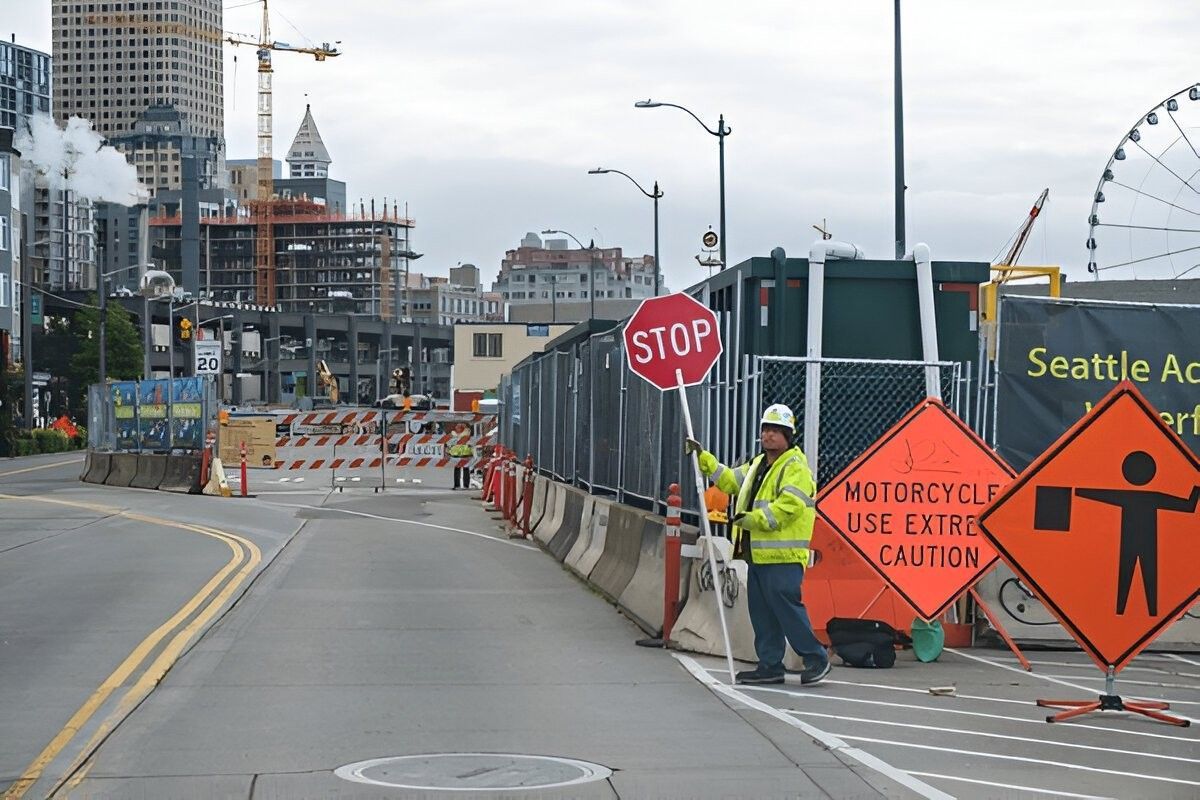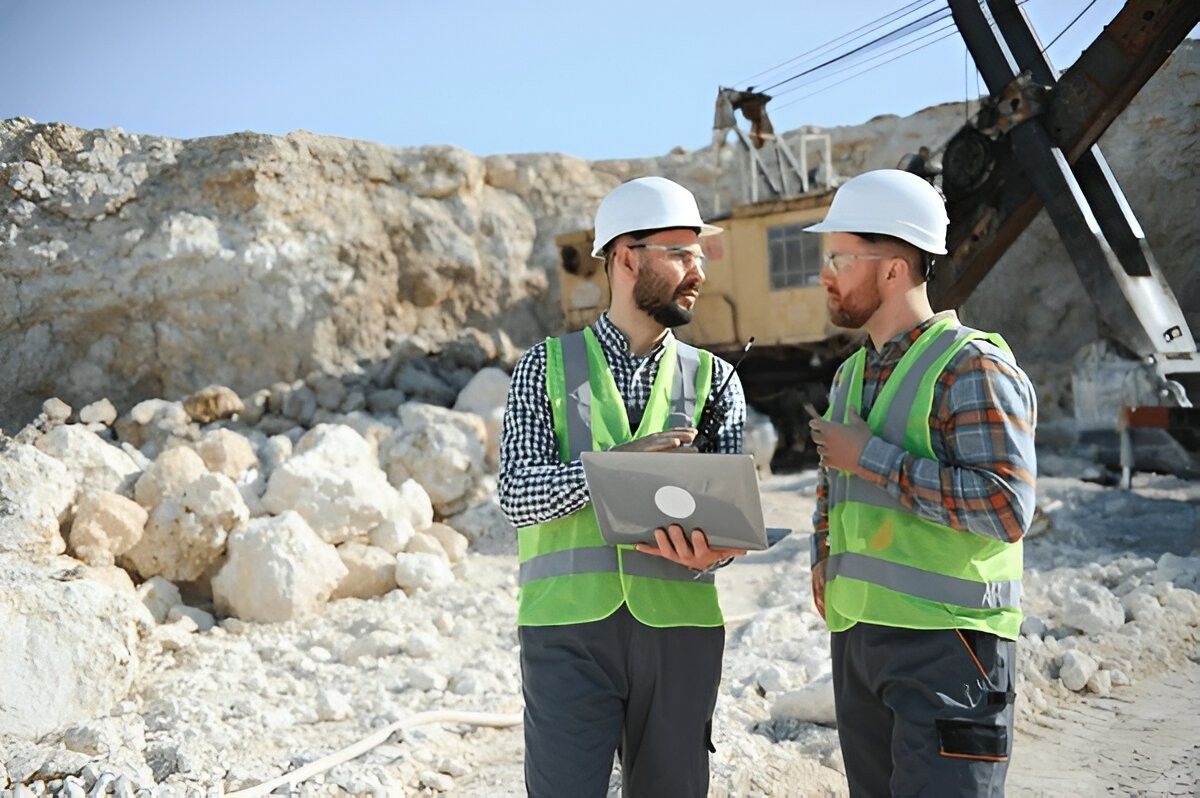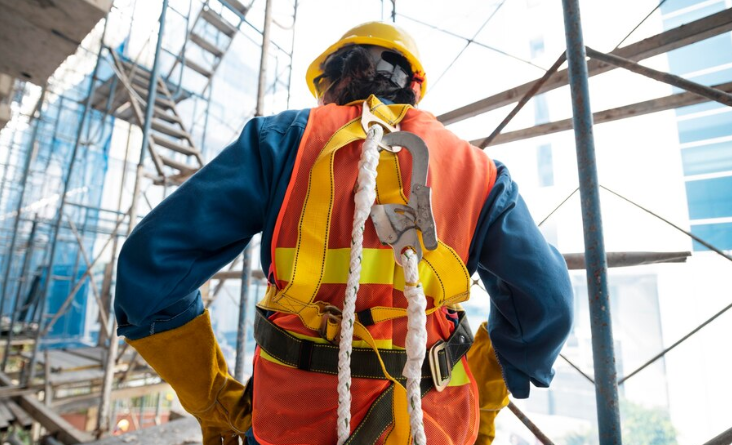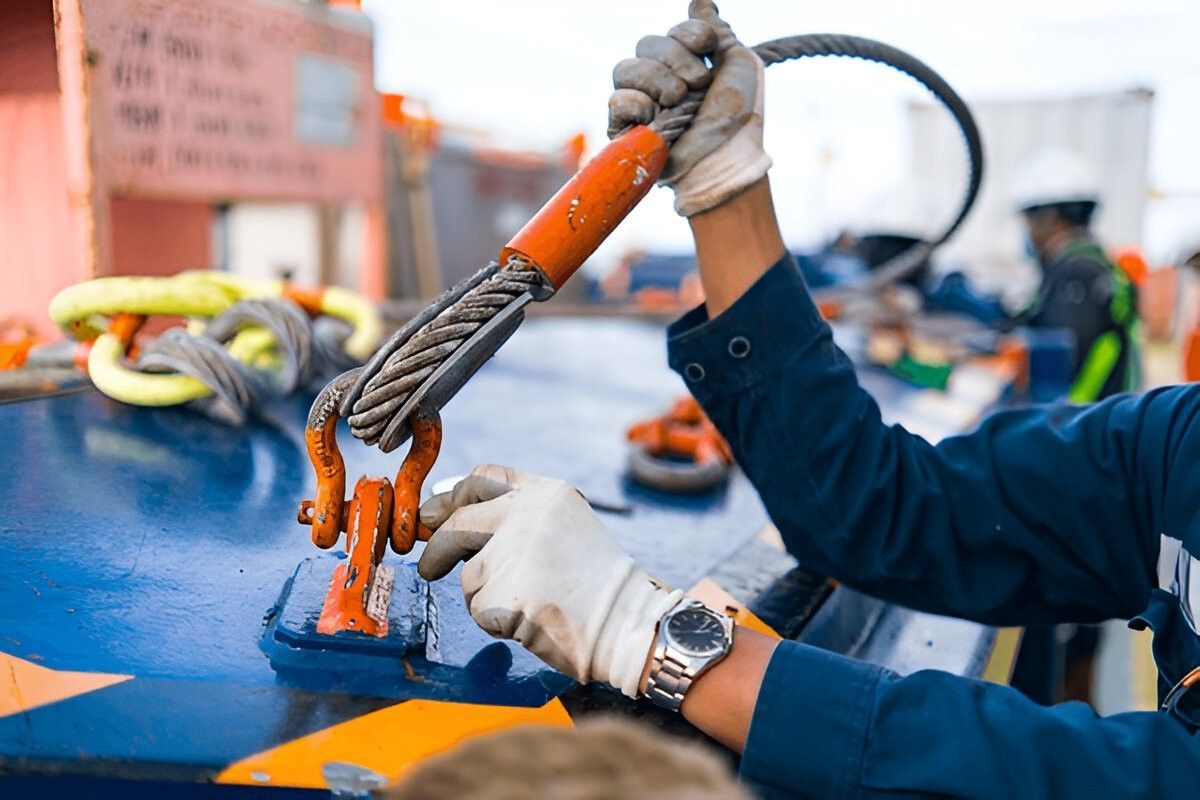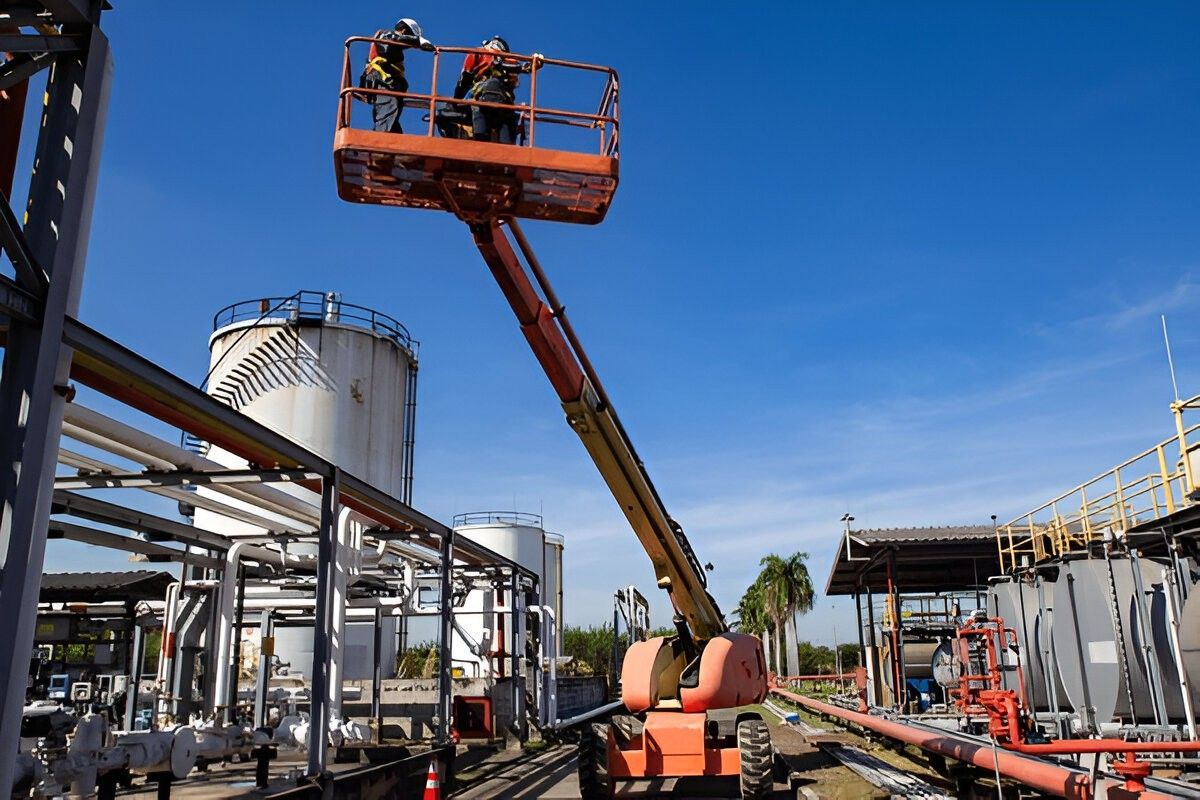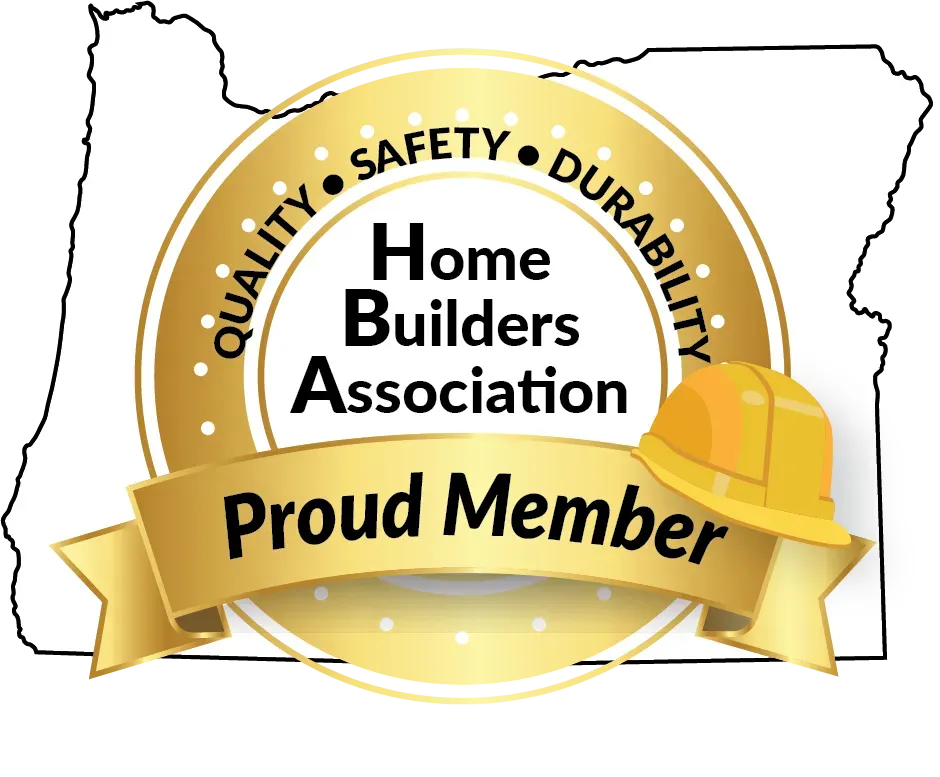How Flagger Instructor Training Improves Public Safety and Reduces Accidents?
Flagger instructor training plays a critical role in enhancing public safety, particularly in work zones and areas with high traffic volumes. Whether it's a construction site, road repair, or other traffic-related activities, having properly trained flaggers can drastically reduce the risk of accidents. Offering flagger instructor training in person is an effective way to ensure individuals are educated in the best practices for directing traffic safely. Let’s explore how proper flagger training improves safety and reduces accidents on the roads.
Ensuring Proper Traffic Control Techniques
Flagger training provides individuals with the essential skills for effectively managing traffic around construction zones and other work areas. By undergoing flagger instructor training in person, flaggers are taught the proper methods for controlling traffic, which significantly reduces confusion and the risk of accidents. They learn to use hand signals, communicate clearly with drivers, and coordinate with construction crews, ensuring a smooth flow of traffic. This preparation helps minimize the likelihood of traffic incidents.
Enhancing Worker and Driver Safety
The safety of both workers and drivers is a top priority in flagger training. Through flagger instructor training in person, flaggers gain a deep understanding of safety protocols, helping to protect construction workers working on the road. A trained flagger can effectively maintain a safe distance between workers and oncoming traffic, reducing the chances of accidents. For drivers, clear and consistent instructions from properly trained flaggers help avoid confusion, making roads safer for all.
Minimizing Traffic Congestion and Delays
Ineffective traffic management often leads to congestion and delays, creating hazardous conditions. Flaggers trained in person are equipped with the tools to manage traffic flow more efficiently, reducing bottlenecks and improving the overall driving experience. By minimizing confusion at intersections and work zones, trained flaggers contribute to smoother traffic patterns, reducing travel time for drivers and making construction zones more manageable.
Meeting Regulatory Standards and Legal Requirements
In Oregon, Washington, and Idaho, regulations require that flaggers receive formal training to perform traffic control duties. Flagger instructor training in person ensures compliance with both local and national safety standards. Trained flaggers are familiar with the legal requirements, ensuring that employers and flaggers follow the necessary protocols to avoid fines or legal issues. This training also contributes to overall safety by ensuring that all work zone activities meet the proper legal guidelines.
Building Public Trust and Confidence
Public trust is key when it comes to road safety. When drivers see well-trained flaggers effectively managing traffic, it creates a sense of security and confidence. Trained flaggers are able to communicate clearly with both drivers and workers, reducing stress and uncertainty. As a result, drivers are more comfortable navigating through construction zones, while workers feel assured that their safety is being prioritized.
Wind Up:
Flagger instructor training in person is crucial for improving public safety and reducing accidents in work zones and roadways. Properly trained flaggers help direct traffic safely, protect workers, and ensure drivers can navigate construction zones with confidence. At KARM Safety Solutions, we offer in-person flagger training programs in Oregon, Washington, and Idaho that meet industry standards, ensuring employers and employees in these states remain safe, compliant, and well-prepared for traffic control responsibilities. Our training courses are designed to be flexible, cost-effective, and informative, so your team can stay safe and compliant. Choose KARM Safety Solutions for all your safety training needs and ensure a safer work environment on the roads.

